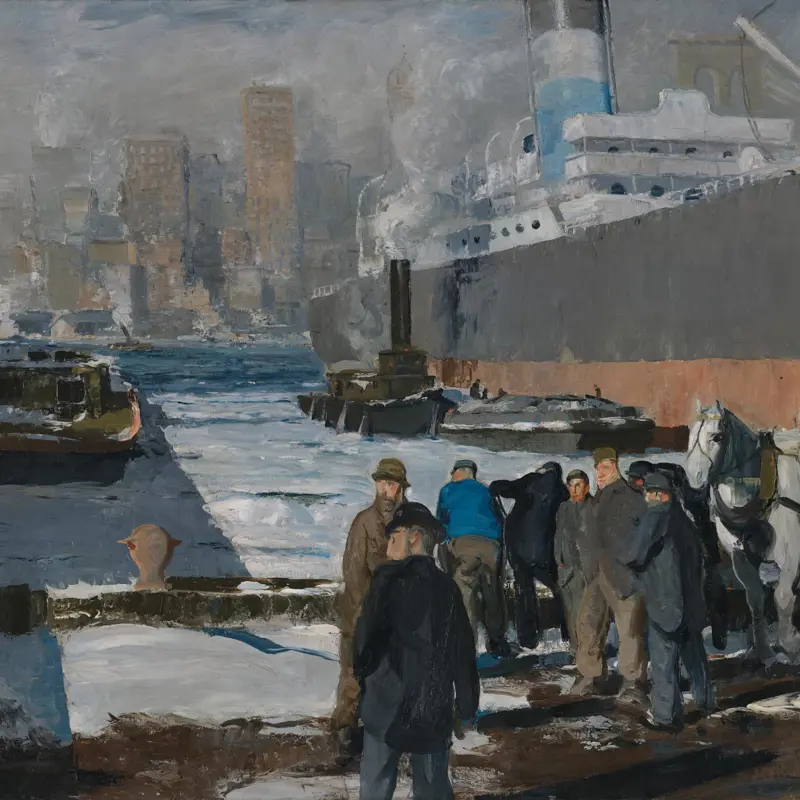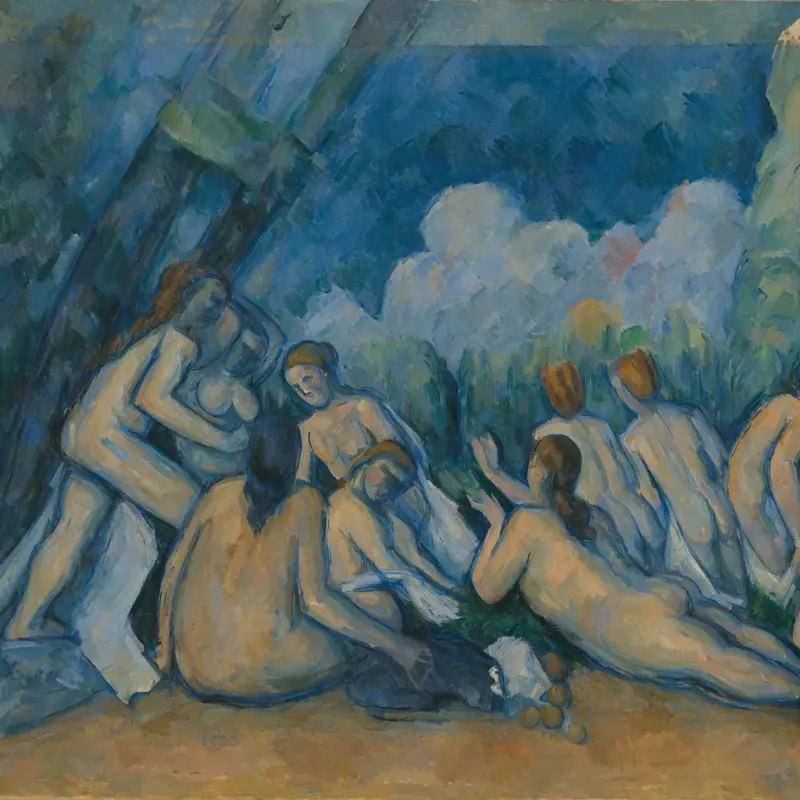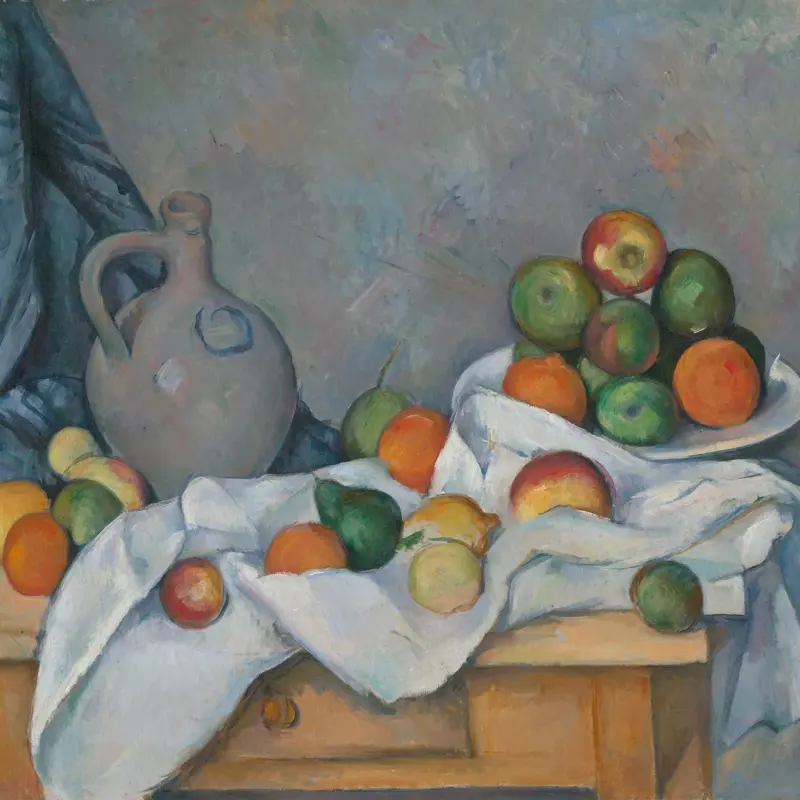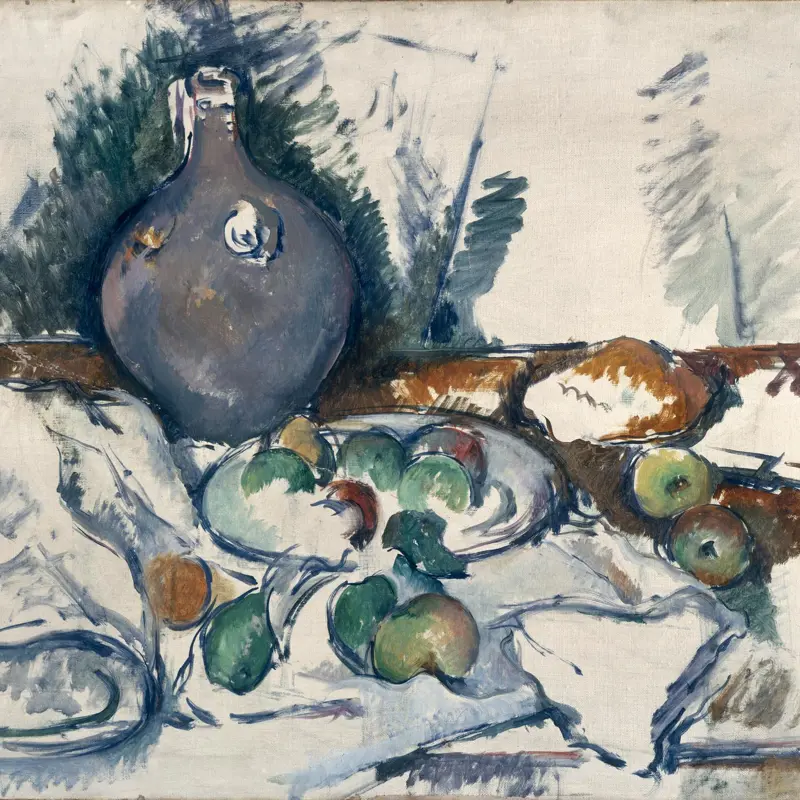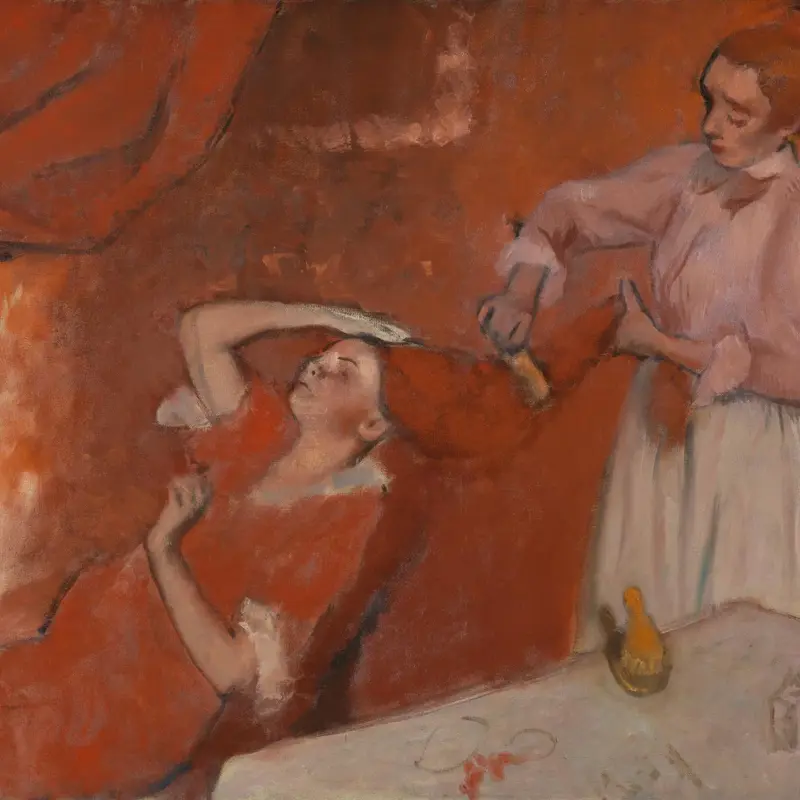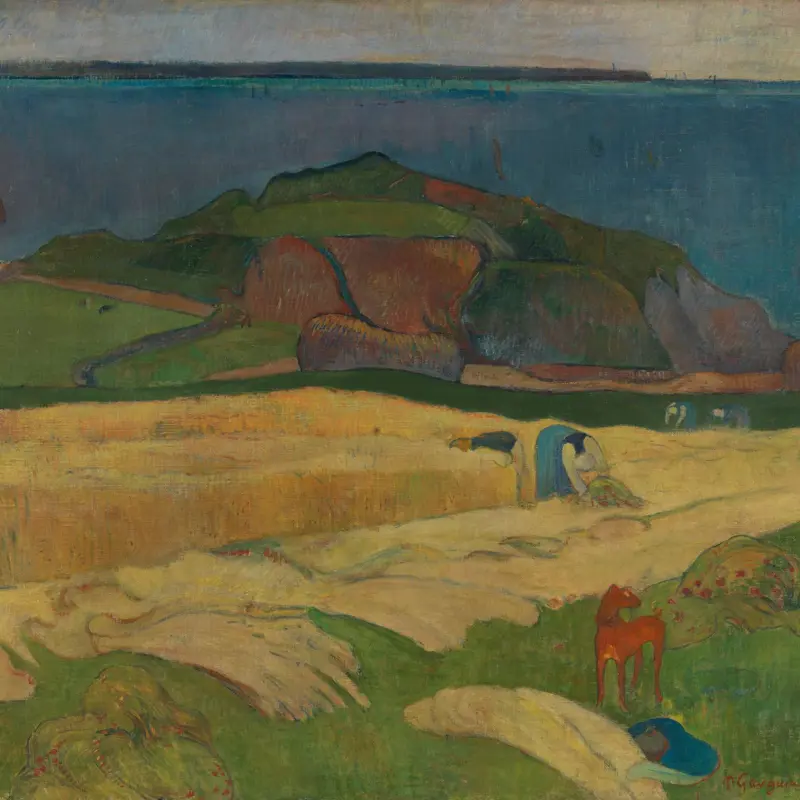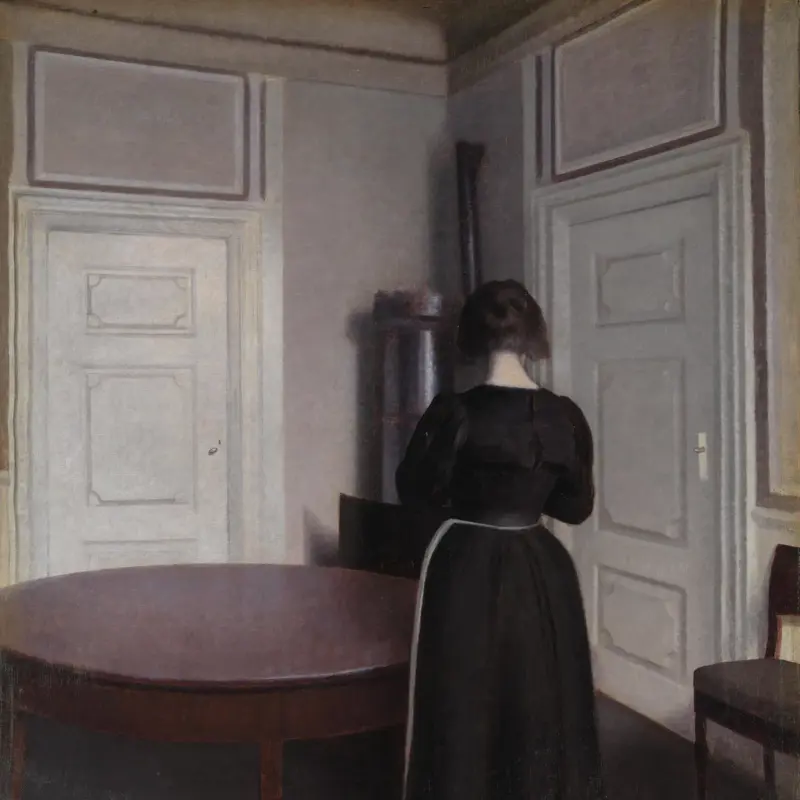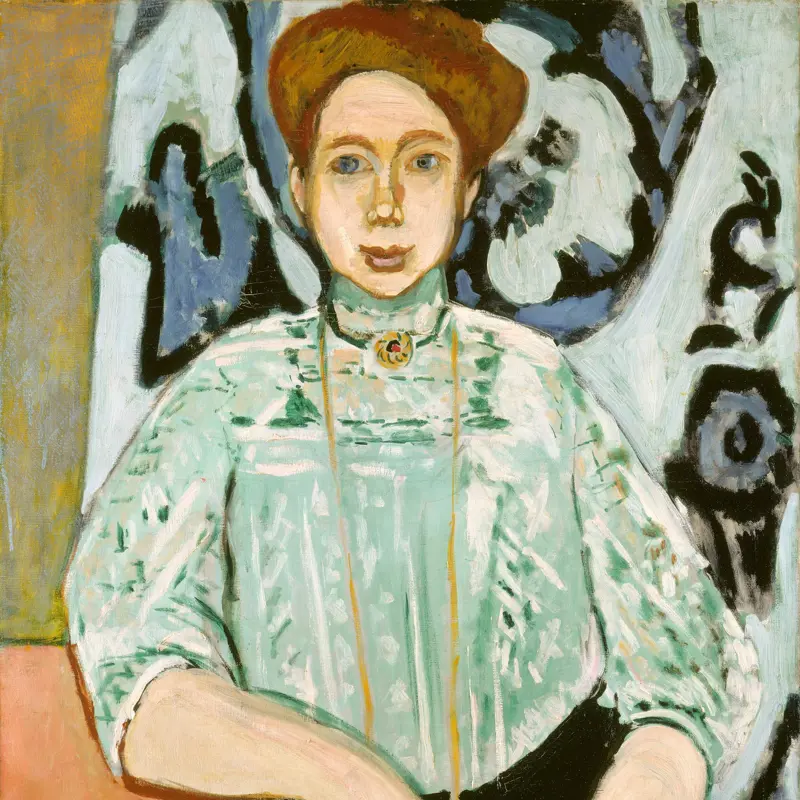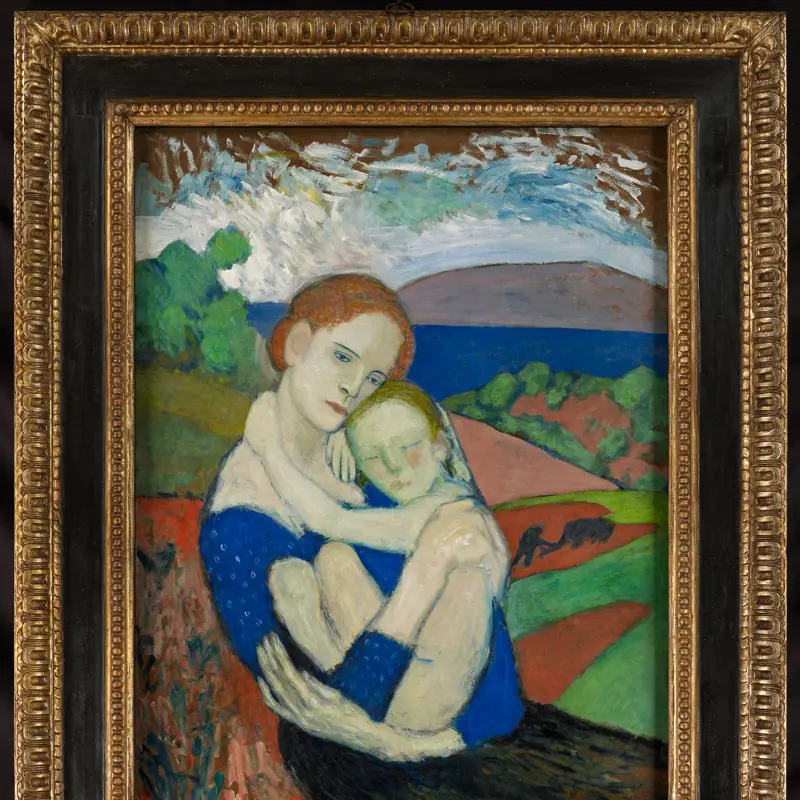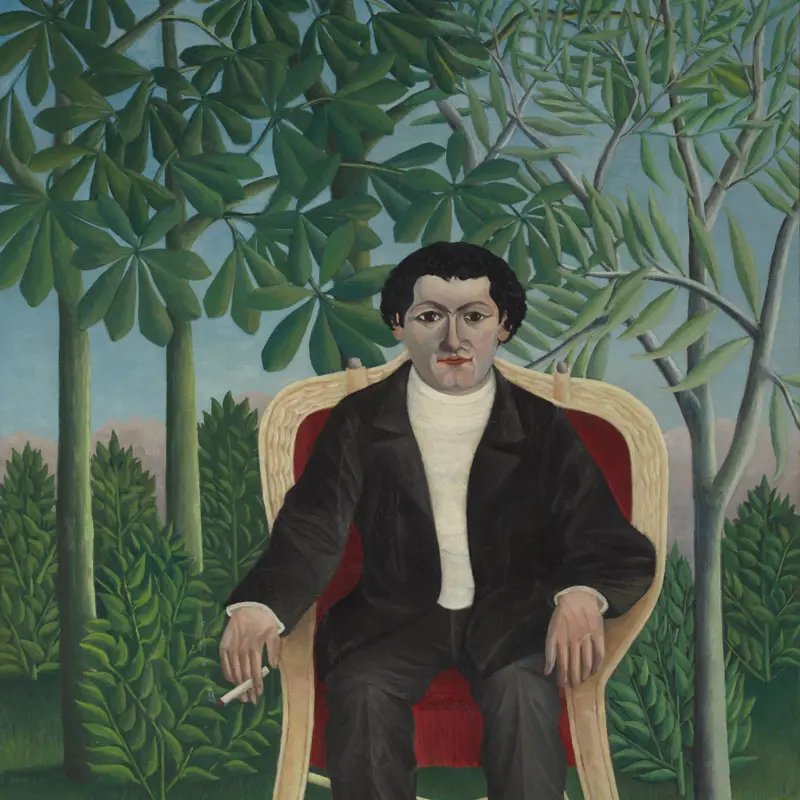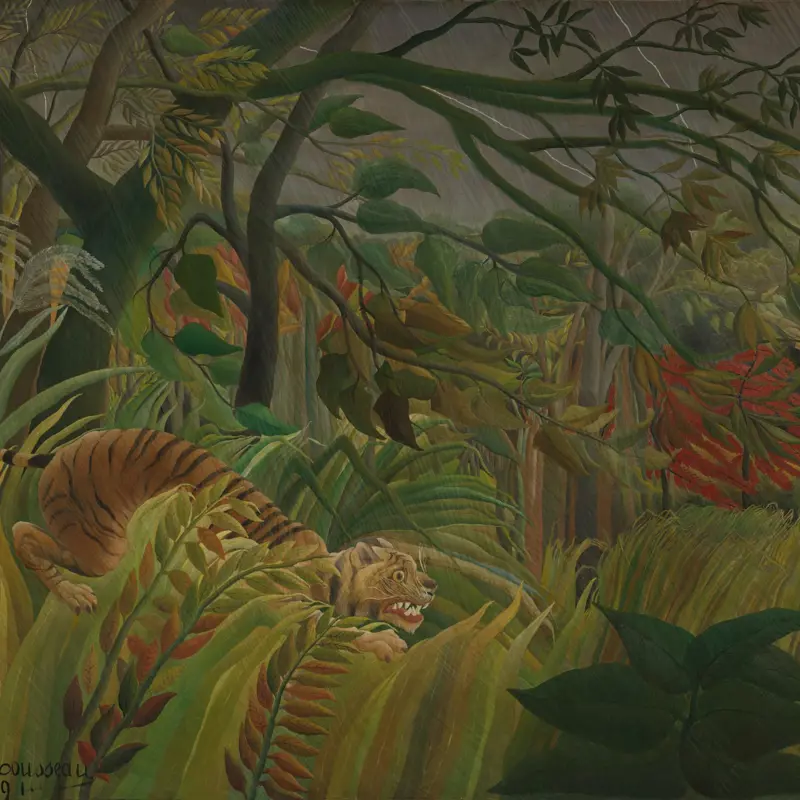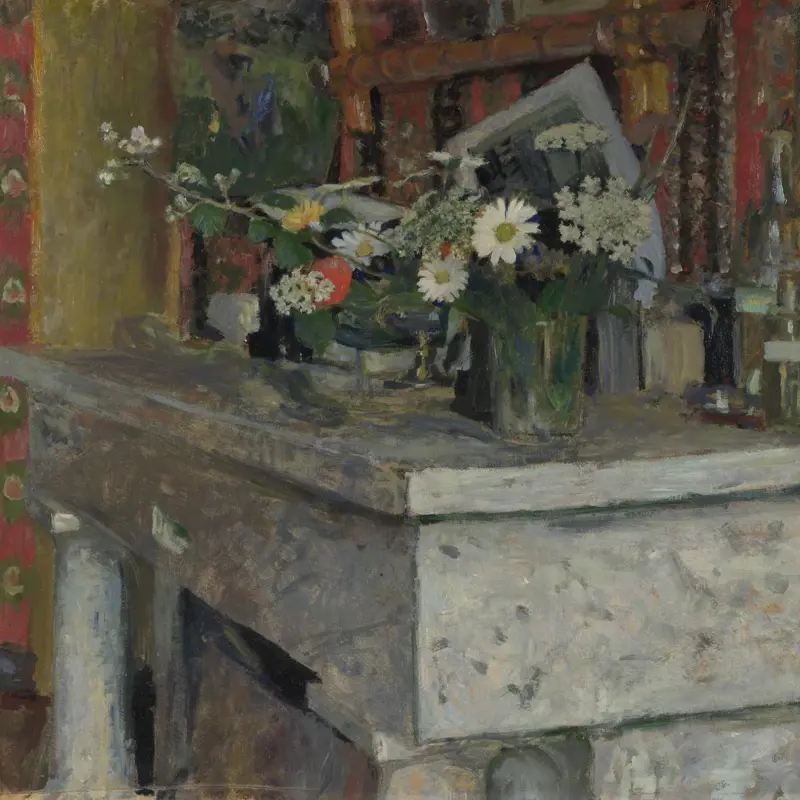At the turn of the 20th century painting found itself in a period of dramatic change as experiment, innovation and new ways of picturing the world became ever more exciting and unexpected.
Paris remained central. Artists, critics and collectors congregated there. In old age, Edgar Degas remained greatly daring, his use of colour ever bolder. Henri Rousseau, Henri Matisse and Pablo Picasso found disparate new sources for their art in African sculpture, bold patterned fabrics and fragmentary forms. Cezanne worked on his own in distant Provence but sent his pictures to Paris where he became the most influential painter of the day.
Other cities also staked their claim to leadership in art, such as the Berlin of Lovis Corinth, the Vienna of Gustav Klimt (1862–1918), the Nordic capitals including Vilhelm Hammershøi's Copenhagen and, not least, the New York of George Bellows. Until world war erupted in 1914, it was an increasingly, thrillingly, cosmopolitan world. Joaquín Sorolla was famous at home in Madrid, but hardly less so in Paris, London, New York and Latin America.


